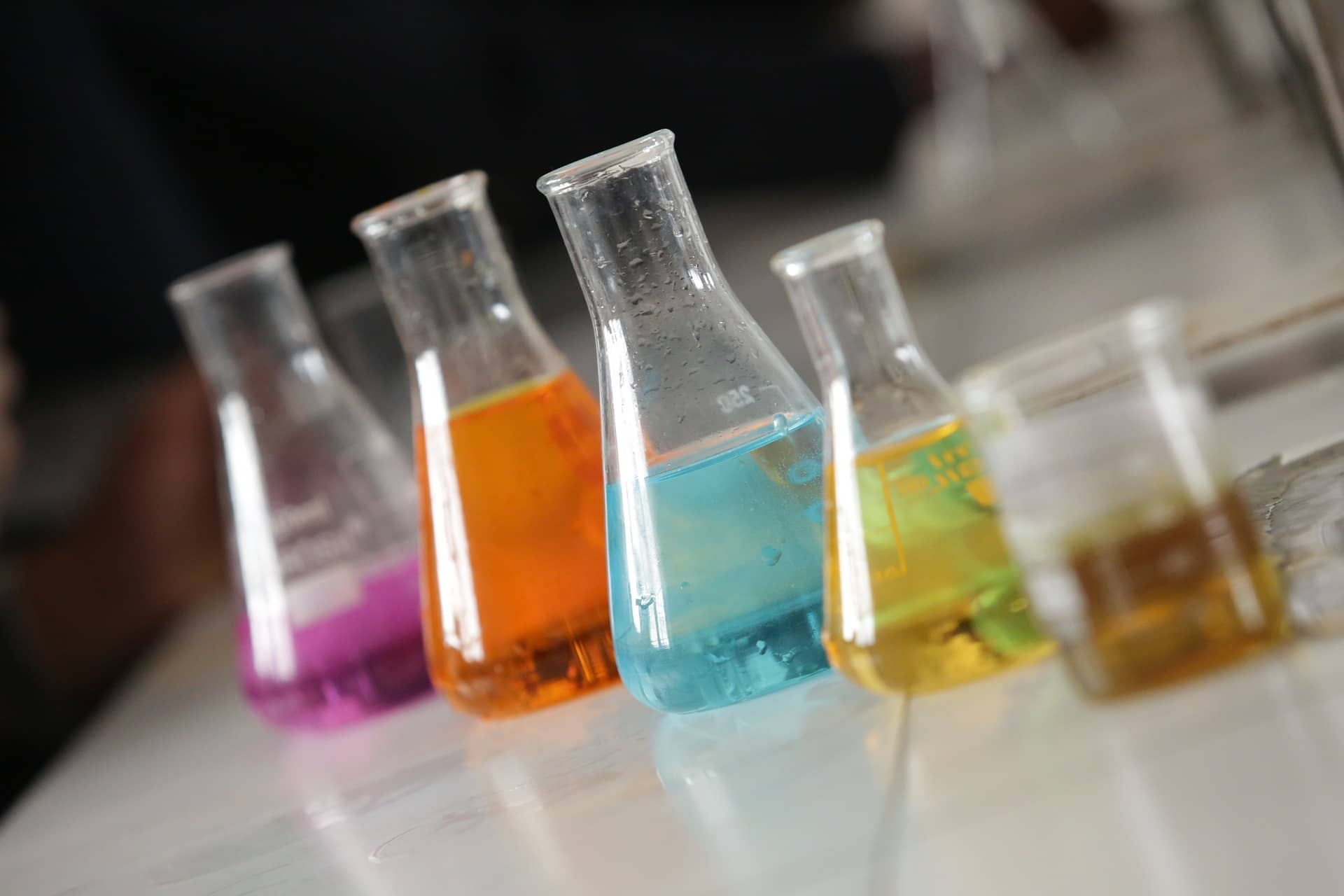Diy-Diaryllethylimines or diarylethylamines belong to a family of drugs called anticholinergics, which affect the nervous system, particularly the brain, by interfering with neurotransmission (1). Diarylethylamines function as selective neurotransmitters; they bind to and interact with particular types of neurotransmitters in the brain. In laboratory testing, these medications have been shown to produce an assortment of results, ranging from amnesia to the delirium known as confusion. This family of drugs includes compounds with several similar structures to the neurotransmitter GABA, such as benzodiazepines, barbiturates, and nonbenzodiazepine tranquilizers. MXP is structurally very similar to many other known benzodiazepines.

Differences Between Diarylethylamines and Benzodiazepines
Although there are some similarities between the effects of diarylethylamines and those of benzodiazepines, there are also key differences. Unlike benzodiazepines, for example, which can be habit-forming or addictive, diarylethylamines are not. They also produce fewer side effects than most benzodiazepines, with the exception of headaches and respiratory depression. Also unlike benzodiazepines, which can be habit-forming or toxic, diarylethylamines are non-habit forming and do not cause health hazards when taken over a long period of time.
Common Diarylethylamines
The two common diarylethylamines are diphenidine (2) (commonly known as WY) and methamphetamine, also known as blue pills, white pills, powder drugs, purple cones, purple dust, or ice picks. Similar to the previously mentioned benzodiazepine drug, diphenidine (commonly known as WY) is an amino acid derived from lysine. It has both central nervous system stimulants and sedative properties, but with significantly less physical dependency than most benzodiazepines. For this reason, diphenidine (WY) is often prescribed for patients who have trouble sleeping or staying asleep.
Another member is of the aromatic family, toluene, which is often used in antihistamines such as Benzylic Chlordiazepoxide (BCH), which is used to treat allergic reactions, including histamine reactions. The chemical name of toluene is tetroxide. When toluene is exposed to light, it becomes a visible color. The most common place where toluene is used is as an inert gas, commonly mixed with nitrogen and used in manufacturing processes such as welding, rubber coating, and rubber block. A very small amount of toluene is even used in the plastic industry to increase the hardness and durability of rubber products.

Behavioral Observations
In terms of its behavior, diarylethylamines share few similarities with other neurotransmitters such as GABA, NMDA, or acetylcholine, although it does possess some of those characteristics. For example, it appears to be a slow-releasing agent with a slow affinity for plasma membranes. The release of Diarylethylamines takes place when an electrical stimulus occurs, such as when an electric shock is applied. The duration of the release is approximately half a second. This allows the drug to be stored in the human brain for long periods of time without causing any addiction or withdrawal symptoms, which makes it ideal for chronic medication use. Because of the slow release rate, it is similar to the effect of a food drug, which is why it can be habit-forming.
Recreational Potential
Like many pharmaceuticals, the recreational potential of Diarylethylamines is limited by at least one factor: the concentration found in the drug, as the final chemical in a mixture will convert to methoxphenidine once it reacts with the body’s enzymes. If the concentration is low enough, however, it can be very effective. When the drug is used intravenously, it produces effects similar to those produced by cocaine, with the exception of euphoria. This can be achieved through the increase of dopamine levels, which move from the nucleus accumbens to the prefrontal cortex. The euphoric state lasts for several hours after injection, although this quickly wears off when the concentration in the brain decreases.
In experiments with animals, injections of Diarylethylamines produced predictable behavioral responses: The animals became agitated, started salivating, showed increased anxiety and irritability, and showed a marked reduction in running. These results, coupled with the lack of known toxicities, make this a potentially very powerful substance in the field of personal injury and personal security. However, because no one knows whether or not the drug has any long-term effects and the speed at which it may cause these effects, it is unclear whether or not Diarylethylamines are a suitable drug in real-world situations.
Many researchers are looking for better ways of producing this safe chemical, particularly because there is no currently known way to create it. One potential solution is to change the route that the compound takes in processing: Instead of going through the amine condensation process, it could go through the allyl benzene reaction, producing a more stable compound. Another is to change the way it reacts with neurotransmitters such as the noradrenaline and serotonin transporters. By coupling the Diarylethylamines with other drugs, the researchers could create a highly selective neurotransmitter agonist. This could, in turn, lead to the development of new, safer drugs for a myriad of medical conditions
- All you need to know about Hallucinogen Persisting Perception Disorder (HPPD)
- Ibogaine: Exploring the Potential and Perils of a Psychedelic Therapy
- Behavioral Therapy: All You Need To Know About Behavioral Therapy
- Substance Use Disorders: Understanding the Science, Risks, and Recovery
- Cognitive Behavioral Therapy (CBT): Unveiling the Depths of a Transformative Approach


Recent Comments